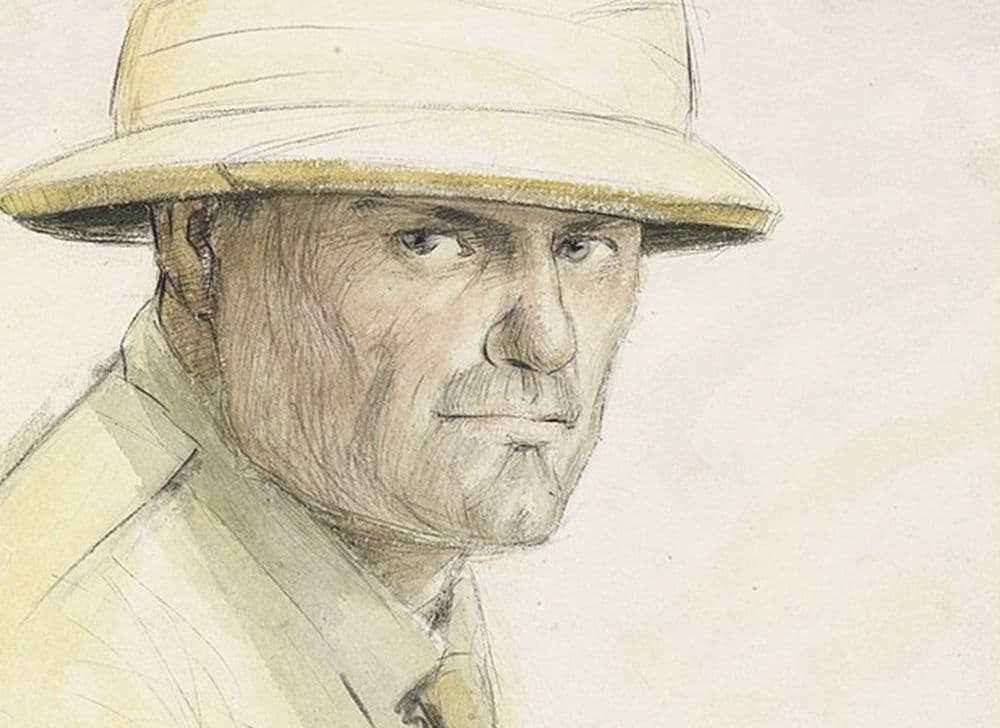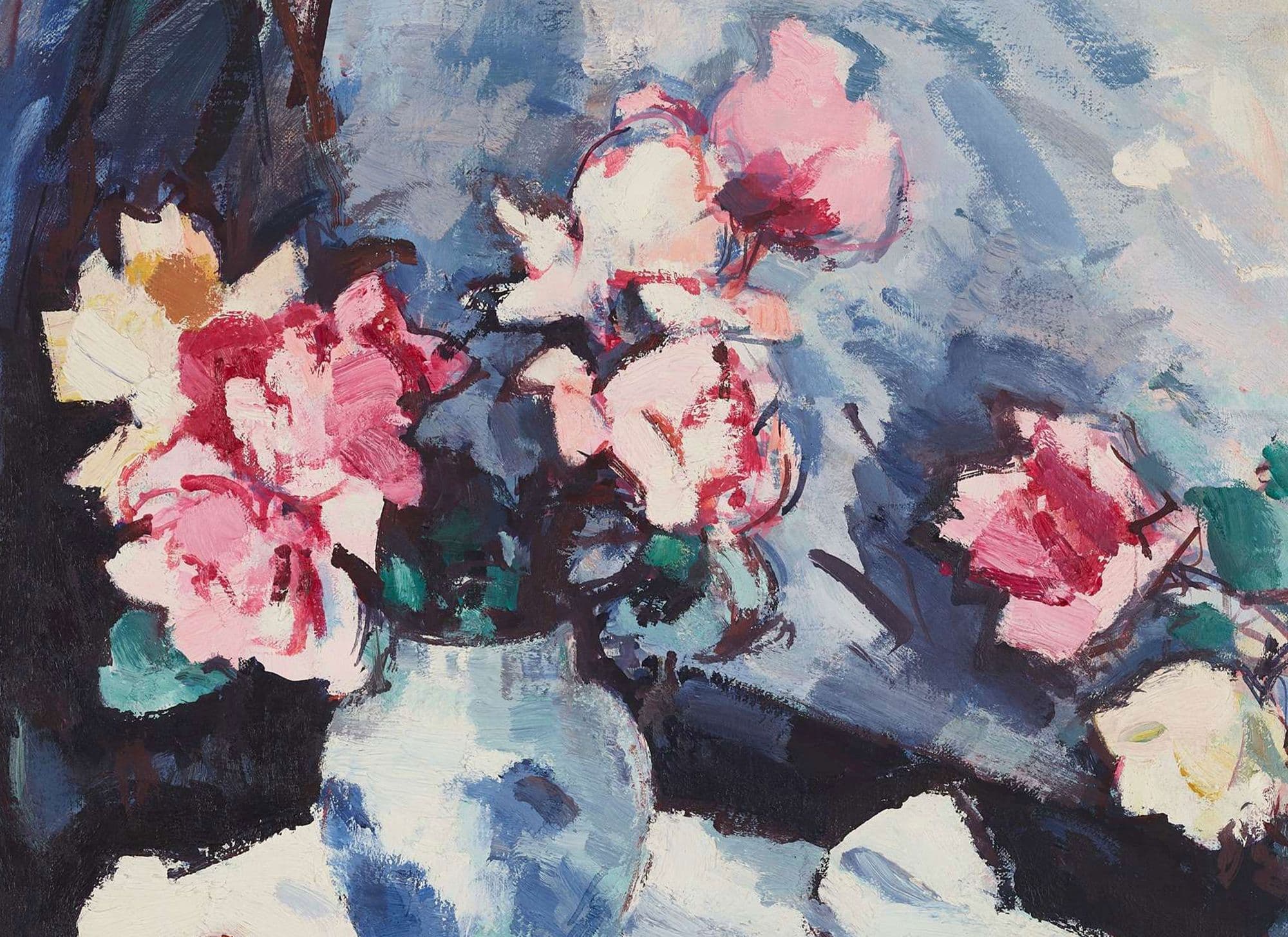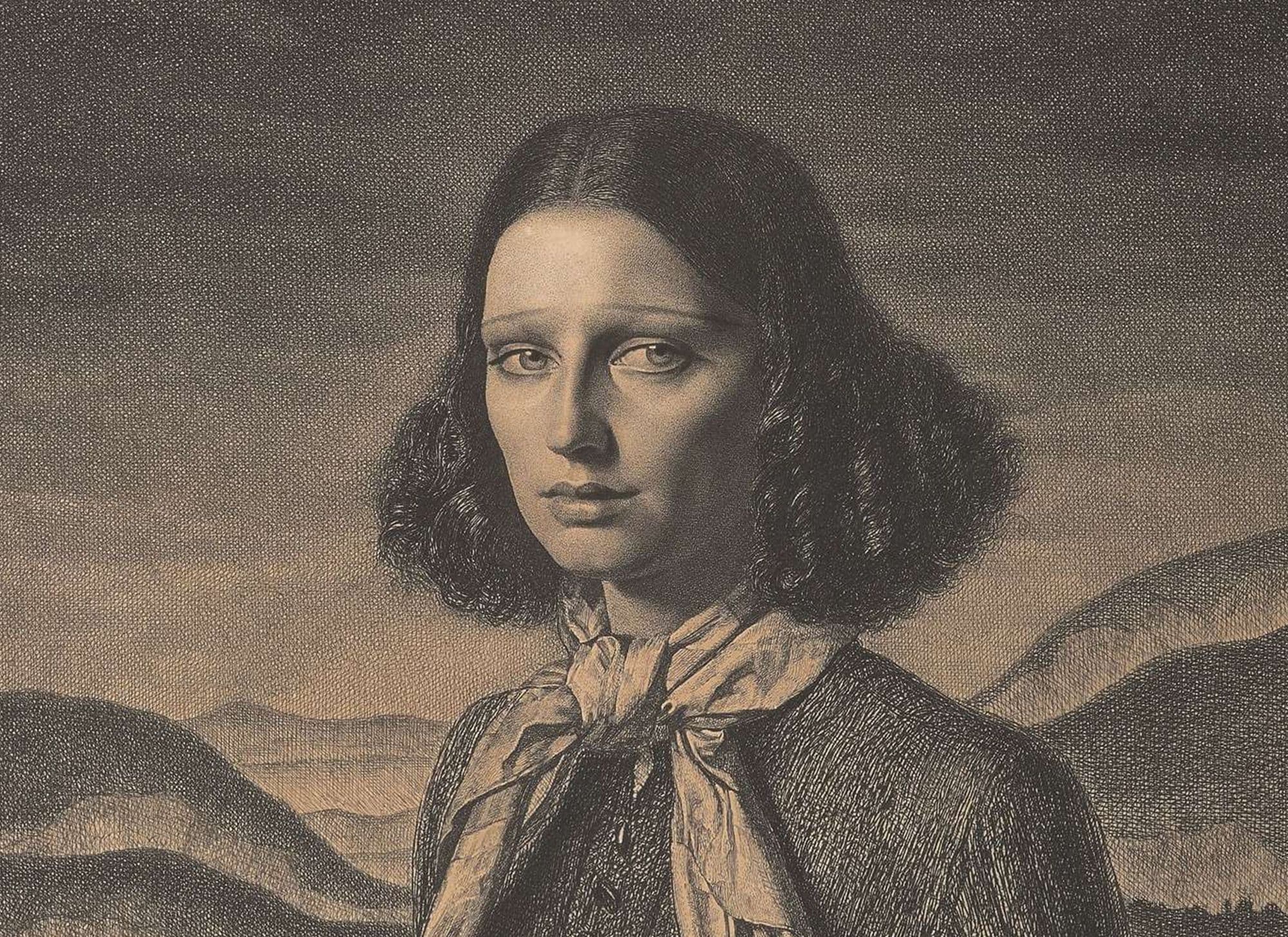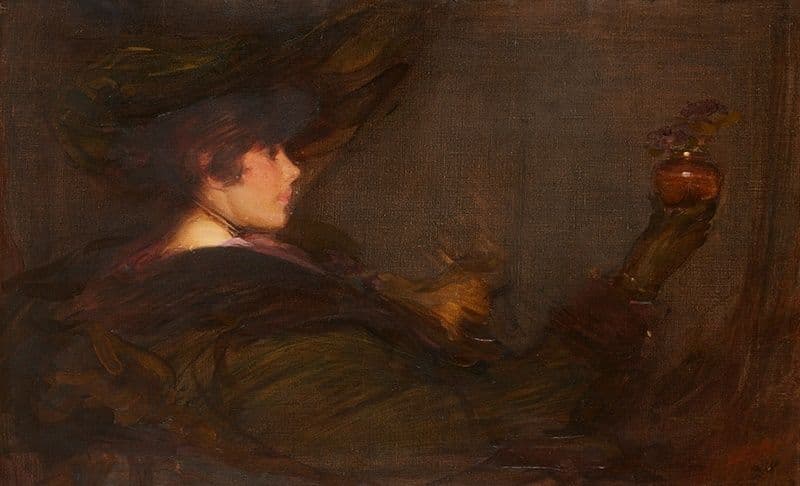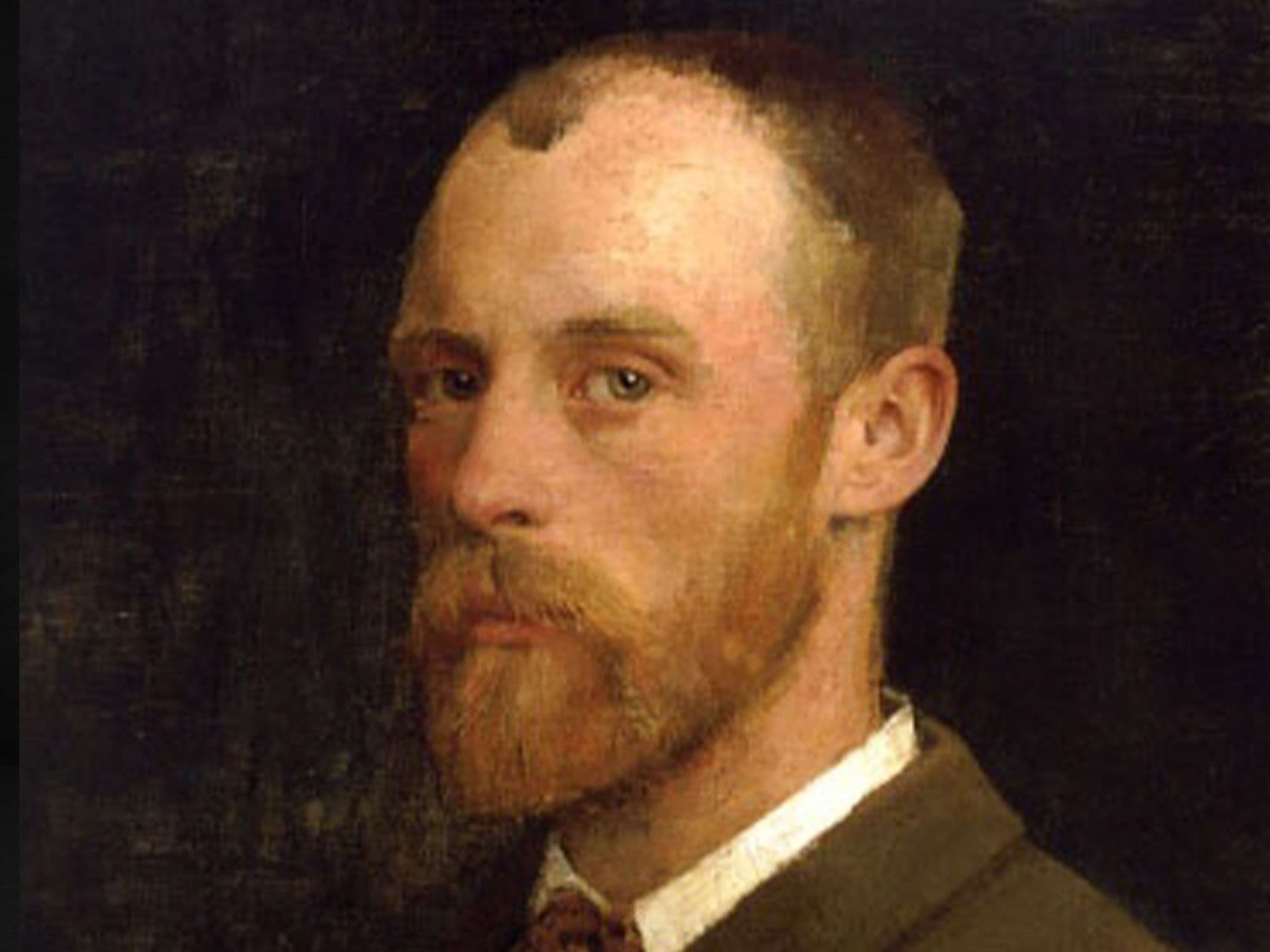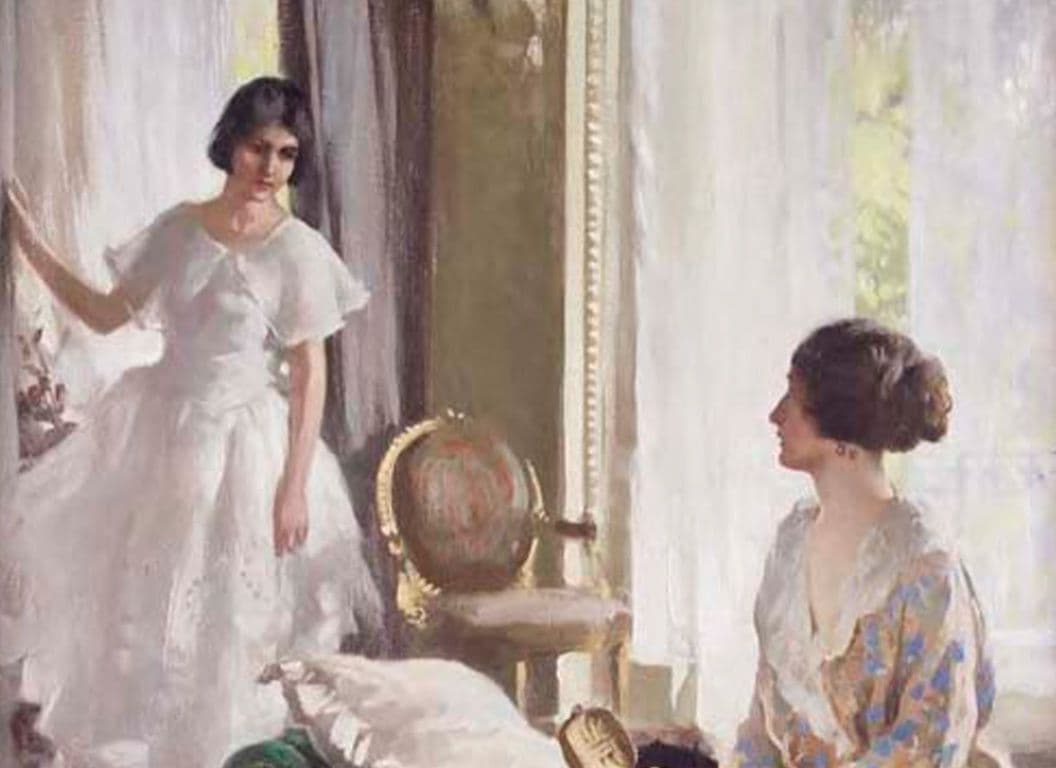James McBey was a remarkable man whose talent, industriousness and commercial sense liberated him from the confines of a difficult early life. He was a devoted traveller and the exotic locations he visited - and the people he encountered there – influenced his work profoundly.
McBey was born and raised a few miles north of Aberdeen in Newburgh, the illegitimate child of an impoverished mother who was blind and severely depressed. His artistic talent won him accolades at school, but by the time he was fifteen the need to support his mother impelled him to take up work as a clerk at a local bank. In his spare time he cultivated his artistic knowledge and skills by working his way through the art books in the local public library, and focussed on teaching himself to etch which, relative to oil painting, required a more modest arsenal of equipment.
McBey’s earliest proofs were made at home (and in secret, for it was considered ‘frivolous’ to be an artist) and were etched into plumber’s copper with a darning needle and printed using a domestic mangle. By the time he was 27 he had produced enough work to hold a small exhibition with John Kesson in Aberdeen. Yet as McBey’s creativity flourished, his mother’s condition declined. Following her tragic death, he departed their tenement flat and moved to London to pursue art full-time.
McBey’s etchings proved incredibly popular with London audiences. His career break came with an exhibition at the Goupil Gallery, where he sold seventy-seven prints, and his most in-demand compositions were those inspired by travels abroad. He had first experienced the benefits of new visual and art-historical stimuli while travelling in the Netherlands in 1910, where he painted, drew, and studied Rembrandt’s etchings in the Rijksmuseum. Visits to Morocco and Spain followed shortly thereafter, and McBey amassed a significant body of work depicting Spanish bull-fighting rings.
During World War One McBey initially was sent to Rouen with the Army Printing and Stationery Office, but in 1917 was appointed an official war artist, and was commissioned with an Expeditionary Force to the Middle East. During a reconnaissance in the Sinai Desert he produced a celebrated series of etchings, including Strange Signals, which capture the heat of the climate and the intrepid nature of the explorers.
